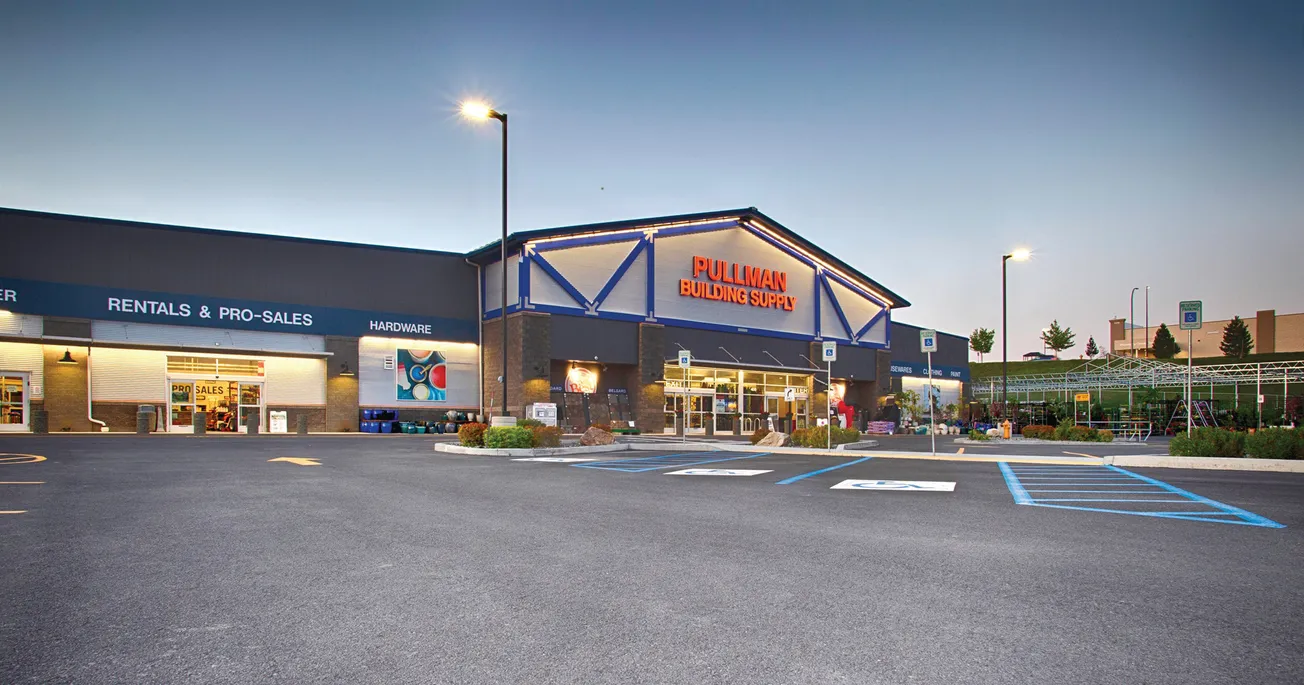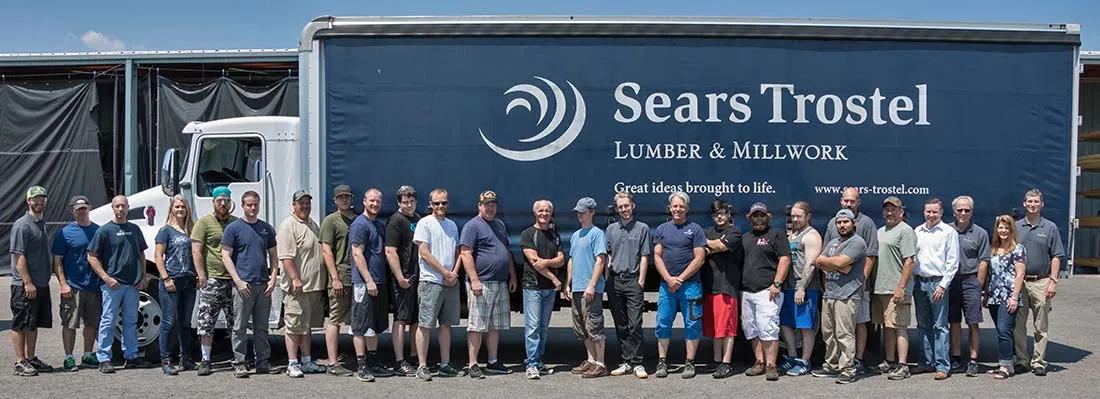Table of Contents
Gypsum boards. One of our greatest building products and the perfect solution for interior and exterior use in various iterations. But what do you know about them? They are certainly not a new product, traced back to the United Kingdom in the 1880s. Why are they important now? Let’s take a holistic look at how they can be used and what trends for gypsum boards are on the horizon.
And as for the gypsum itself? Early civilizations (think: Egypt, Rome, etc.) used this fine-grained white substance to create sculptures. Much later, gypsum crystals would be introduced to paper facing on wallboards due to their ability to bond with the plaster and create a stronger surface.
These days, gypsum is a common mineral found near sedimentary rocks. The mineral is created and deposited from water sources (lakes, oceans, hot springs, etc.) and is available widely across the United States.
Original gypsum wallboards were made by layering plaster within four plies of wool felt paper. The sheets were 36”x36-1/4” thick with open, untaped edges. From there, the product developed into replacing some of the wool layers with paper-based facings, and the potential for fire resistance was realized. The boards eventually evolved to become lighter and less brittle, and gypsum became an early substrate for the plaster. In this iteration, gypsum plaster boards might have been penetrated with holes or grooves to increase efficiency.
As architects and builders take their structures into new levels of product complexity, gypsum boards grow with them. Originally praised for their naturally occurring fire and sound resistance, gypsum wall assemblies now point to the wall board in combination with framing and insulation, offering increased sound protection, fire-rated walls, and an overall highly desirable fire-rated performance.
Let’s look at multifamily building applications/light commercial buildings as an example: in a condominium building, an apartment complex, or an office setting, fire-rated walls separating one unit from another are an absolute necessity. Area separation walls constructed with gypsum boards are a common and popular way of addressing this need. This application of gypsum boards contributes to non-combustible construction and helps lower the risk of fire traveling, of potential injuries, and of overall devastation to a building.
Fire is the real reason why gypsum was first used, but it’s since grown to be a multi-use, multi-faceted product with a growing list of benefits: noise reduction, mold and mildew resistance—these are only two of the growing lists of attributes of this versatile product. Taking the gypsum board to the next level and building a system around it was the next natural step.
Georgia-Pacific, for one, has done just that. Long recognized as the industry pioneer of gypsum board innovation, the company’s DensGlass Gold Sheathing was the first glass mat faced exterior sheathing on the market (upwards of three decades ago) and added a not-yet-seen additional resistance to moisture in construction.
From there, product offerings evolved with additions like DensArmor Plus Interior Panels, DensGlass Shaftliner, and DensShield Tile Backer and most recently into the DensElement Barrier System, introduced about five years ago. The use of DensElement Barrier System, a truly integrated WRB-AB sheathing combining exterior gypsum sheathing, a water-resistive barrier, and an air barrier, eliminates steps in construction, saving time and money. It is resistant to moisture, of course, and serves as a top-quality water-resistive barrier (WRB) on an exterior wall.
To complement the DensElement Barrier System, Georgia-Pacific introduced DensDefy Products in 2020. Given the ongoing labor shortage in the industry, DensDefy products—to include DensDefy Liquid Flashing and DensDefy Transition Membrane—were designed to bridge the gap and provide the highest quality, innovative portfolio of integrated sheathing solutions, while keeping it simple.
And now the final piece of the puzzle, the final cog in the wheel, the completion of the system has been introduced: DensDefy Liquid Barrier. This brand-new fluid applied water resistive barrier and air barrier completes the full suite of water resistive barrier products for Georgia-Pacific, offering a system with weather versatility and demonstrated performance that is compatible with existing GP products and requires no new trades for installation.
The added value of selecting a system from a single manufacturer, as opposed to multiple standalone products, is clear: When the products are backed by one company, one brand, there’s a higher level of both expectation for success and trust. Purchasing a system from one source means single source warranty, and one point of contact should help be needed. It’s also an assurance that because the products were brought to market by the same company, they’re guaranteed to work together.
Look beyond the product to the system. Singular products may work well alone, but a complete portfolio of solutions—ranging from interior boards to exterior application integrated WRB-AB to liquid flashing/liquid barrier options that may be used on multiple substrates—this is the solution to add adaptability, accountability and reliability to your project. Rely on a family of products that work well together to help protect against water intrusion and mitigate against the risk of unwanted air movement. A whole-system solution eliminates the need for additional construction crews and saves time and money on the jobsite.
Your final step? Choose a brand you can trust with a solid track of innovation and trustworthy materials.









